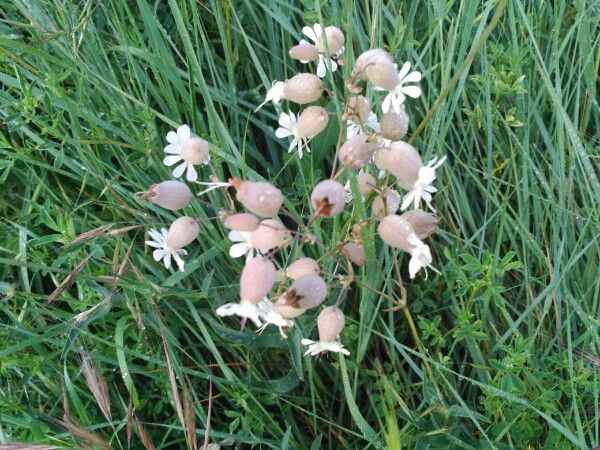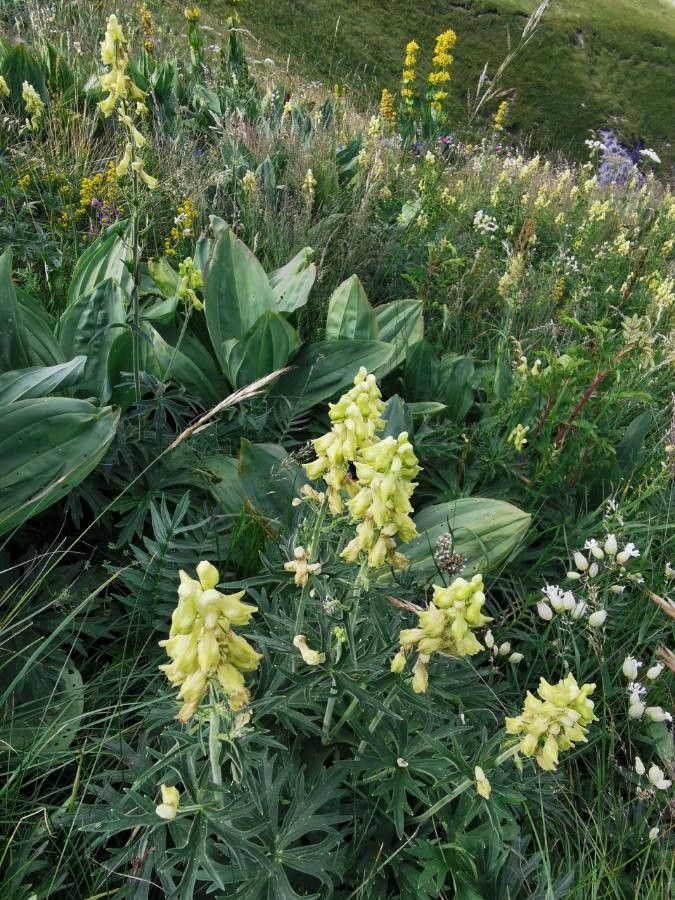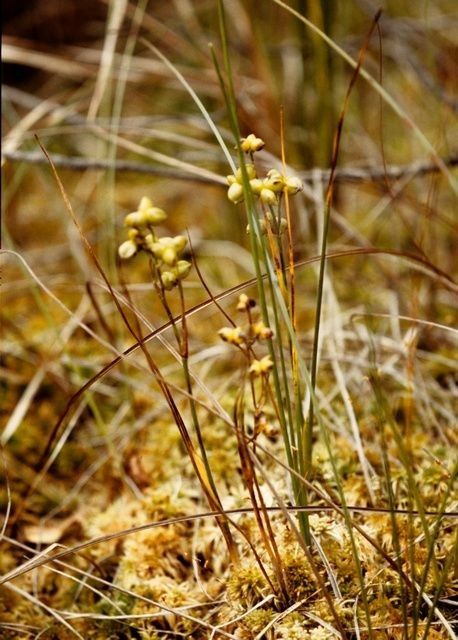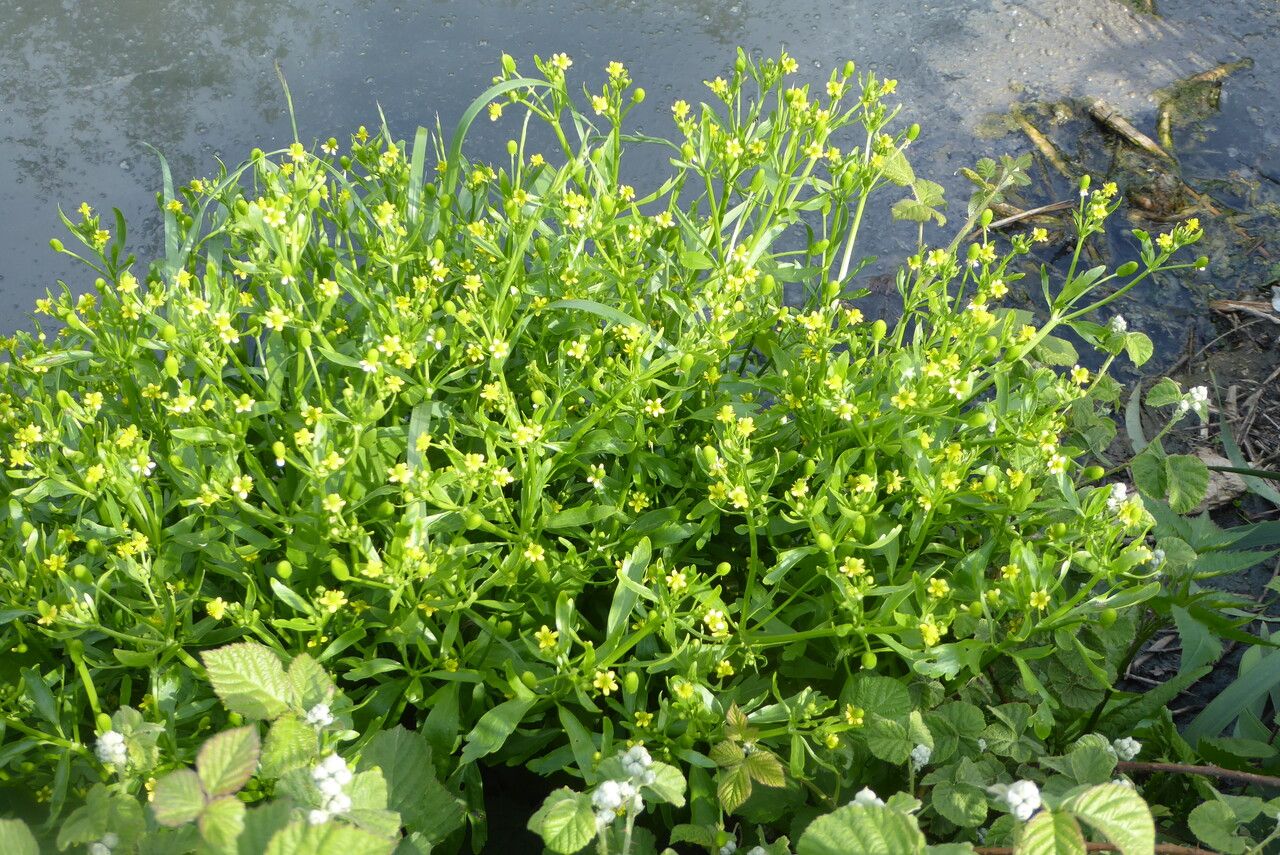## Bladder Campion: A Comprehensive Guide
Bladder campion ( *Silene vulgaris*), a member of the Caryophyllaceae family, is a captivating perennial wildflower found across Europe, Asia, and North Africa. Its delicate beauty and unique bladder-like seed pods have made it a subject of interest for gardeners and botanists alike. This guide delves into the fascinating world of bladder campion, covering its identification, growth habits, and cultivation tips.
### Identification
Bladder campion is easily recognizable by its distinctive inflated, bladder-like calyx (the part of the flower that encloses the petals). These calyces, often described as balloon-like, are pale green and remain on the plant even after the flowers have faded, eventually turning brown and containing numerous tiny seeds. The flowers themselves are usually white or pale pink with five petals, exhibiting a characteristic notched appearance. The leaves are lance-shaped and grow opposite each other on the stem.
### Habitat and Growth
Bladder campion thrives in a variety of habitats, demonstrating adaptability to different soil conditions and sun exposures. It's frequently found in meadows, grasslands, roadsides, and wastelands, showcasing its resilience. While it prefers well-drained soils, it can tolerate a range of soil types, from sandy to clay-based. It’s often seen growing in full sun to partial shade, displaying remarkable versatility.
### Cultivation and Care
Cultivating bladder campion is relatively straightforward. Seeds can be sown directly into the ground in spring or autumn. They require minimal care, preferring well-drained soil and a location with adequate sunlight. While it can tolerate some shade, optimal flowering occurs in sunny locations. Regular watering is crucial, particularly during dry periods. Although fairly drought-tolerant once established, consistent moisture ensures healthy growth.
Bladder campion is generally pest and disease resistant, simplifying maintenance. Deadheading (removing spent flowers) encourages continued flowering throughout the season. For propagation, you can collect seeds from the mature seed pods and sow them the following spring, ensuring a continuous display of this lovely wildflower.
### Uses and Benefits
Historically, various parts of the bladder campion plant have been used for medicinal purposes, though its efficacy is not fully substantiated by modern research. The young shoots and leaves are edible and can be added to salads or cooked as a potherb, offering a slightly sweet and succulent taste. Its attractive appearance also makes it a valuable addition to wildflower meadows or cottage gardens, bringing a touch of natural beauty to any landscape.
### Is Bladder Campion Invasive?
While Bladder Campion is a hardy plant capable of self-seeding readily, it's rarely considered truly invasive in the way some other species are. It will spread, but generally remains localized and is easily managed. However, it's prudent to monitor its growth to prevent it from overwhelming desired plants in a garden setting.
### Conclusion
Bladder campion is a charming and resilient wildflower that brings a touch of natural elegance to any setting. Its adaptability, ease of cultivation, and unique characteristics make it a valuable asset for gardeners and nature enthusiasts alike. By understanding its needs and growth habits, you can easily incorporate this captivating plant into your garden or simply appreciate its beauty in its natural environment.
Bladder Campion: Complete Guide & Care Tips

Frequently Asked Questions
How to grow Bladder Campion from seed?
Sow seeds directly into well-drained soil in spring or autumn. Maintain consistent moisture until germination. Thin seedlings if necessary, leaving sufficient space for growth.
Is Bladder Campion invasive?
While it self-seeds readily and can spread, Bladder Campion is not typically considered highly invasive. However, monitoring its growth, particularly in a garden setting, is recommended to prevent it from becoming overly dominant.


